Western Visayas Exhibitions
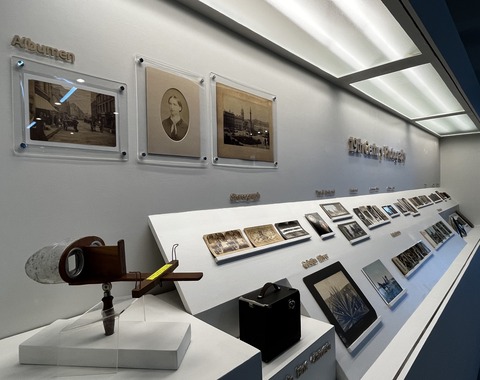
Gallery V
Western Visayas
Bugasong to Barcelona
The exhibit traces the roots of Felix Laureano to the province of Antique, where he was born to Norverta Laureano, a businessperson, and Fr. Manuel Asencio, a Spanish friar. The Laureanos grew up in Bugasong, and were among the prominent clans of the 19th century Philippines.
READ MORE
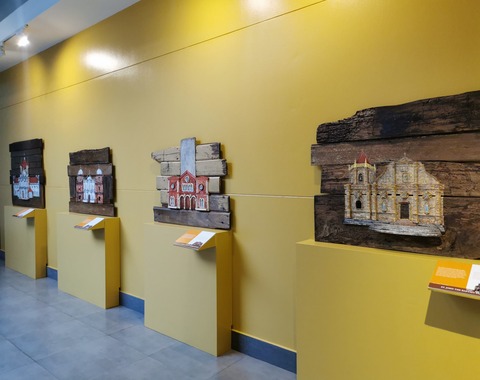
Atrium
Western Visayas
Iglesia
Advocacy and artistry combine in this unique collection of mixed media artwork depicting Iloilo’s built heritage.
Iglesia features the work of Ilonggo artist Cristhom Selibio Setubal who uses found and disposed objects to recreate the likeness of Iloilo heritage churches. Through waste materials like aluminum sheets, espresso pods, computer parts, beads, chicken wire, and copper wire, he creatively highlights details of these well-loved structures.
READ MORE
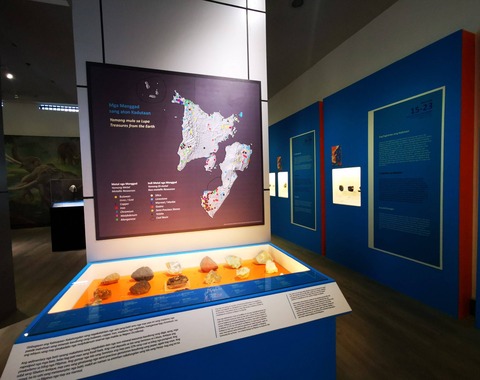
Iloilo City
Western Visayas
Geology and Paleontology Gallery
The Geology and Paleontology Gallery of National Museum Western Visayas features the geological history of Western Visayas. In this gallery, one will discover how geology crafted the region’s landscape and shaped the lands and lives of its inhabitants.
READ MORE
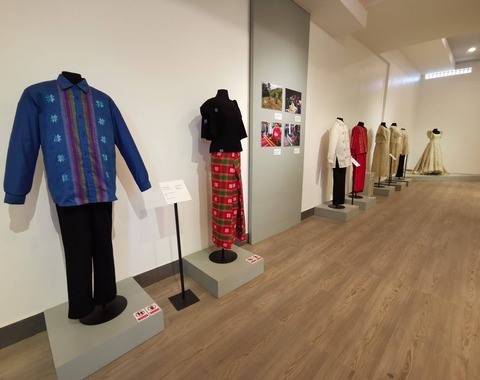
Region VI
Western Visayas
Habol Panay Gallery
The “Habol Panay: The Woven Artistry of Western Visayas” gallery of National Museum Western Visayas features the diverse textile heritage of Panay and Negros Islands through the hablon weaving of Iloilo and Antique, piña-seda (pineapple-silk) weaving of Aklan and Antique, silk production and silk weaving of Negros Occidental, panubók (embroidery) of indigenous peoples group Panay Bukidnon, bobbin lacemaking of Sta. Barbara, Iloilo, and embroidery of Asilo de Molo, a hospice for the elderly.
READ MORE
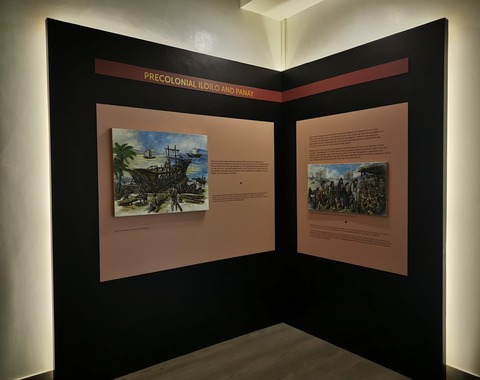
Gallery II
Western Visayas
Oton Gold Death Mask Gallery
“Ang Tamung nga Bulawan: Oton Gold Death Mask, a National Cultural Treasure” is a temporary exhibition that celebrates the homecoming of the Oton Gold Death Mask to Iloilo, half a century after its discovery in San Antonio, Oton, Iloilo.